No products in the basket.
Blog
Using a Sewage Treatment Plant
For locations that are not connected to the main sewage system, an off-mains solution is essential to accommodate the needs of visitors and residents. This applies to temporary living accommodation in rural sites such as camping areas, as well as a small number of residential properties that can be classed as ‘off grid’ – it is currently estimated that around 5% of all homes in the UK rely on an off-mains solution.
In this blog post we highlight the different options that are available in such situations, with a particular focus on the most widely preferred choice – sewage treatment plants. We look at how they work, the advantages they offer, how they can be maintained and what regulations you will need to consider before you plan to carry out a sewage treatment plant installation.
What Sewage Solutions are Available?
When it comes to collecting waste in an area that can not be connected to a public sewer, there are three main solutions that you can choose from:
Septic Tanks
Septic tanks are commonplace in the UK, particularly for older or remote properties that are off grid. Usually made from glass reinforced plastic, they feature multiple chambers that enable effluent to pass through and be separated into liquids and solids.
Waste from a property enters the septic tank for disposal via the inlet pipe and remains in the tank for a period of time while the the liquids and solids are separated. After a period of time the waste will separate into three layers, solids at the bottom, waste water in the middle and grease or oils on the top. Naturally forming bacteria inside the tank will break down the solids and the liquids can then be drained away safely via a drainage field. The remaining sludge stored until it can be collected by a professional service and taken away from the site. As septic tanks are relatively inexpensive and only need desludging around once or twice per year, they can be a reasonably low maintenance solution and are best suited to a small development with a lower waste output.
Unfortunately for areas where a percolation test shows that the ground is not suitable for a soakaway system as the earth is not porous enough, or if there is not adequate space for a drainage field, you will need to consider an alternative as UK legislation now states that septic tanks can not be discharged into natural water sources such as streams or rivers as of the general binding rules 2020.
Cesspools
Sometimes known as a cesspit, a cesspool is basically just a large sewage holding tank that waste can be fed into from a home or building via the underground drainage. This means that while cesspools are able to collect waste, they can’t be used to treat it, and they do not discharge waste either. As a result they are also usually completely sealed for safety, with the exception of a vent to release any built-up gases.
While cesspools themselves are the least expensive option to buy up front and are very easy to install, they do need to be emptied and the waste taken away from a site by a tanker on a regular basis due to the fact that they are merely used to store waste rather than treat and dispose of it. A sewage collection and emptying service is often quite expensive, which means the maintenance costs can be quite high in the long term and can easily run into a cost of thousands of pounds each year, negating the initial low price of a cesspit tank and its installation.
Another major disadvantage to cesspools is that because they do not actually treat waste, they are strictly prohibited from use anywhere across Scotland. They are also the least popular option across the rest of the United Kingdom, and cesspools are usually only relied as a last resort on in locations that are near to drinking water sources and where the ground can not accommodate a soakaway system, rendering other off-mains sewage solutions unviable.
Sewage Treatment Plants
As they are powered by electricity, sewage treatment plants require a power source which should be considered before you go ahead and purchase one – however, they are widely regarded as a more modern equivalent of septic tanks and come in a range of types and sizes to suit different budgets and occupancy requirements. Essentially, sewage treatment plants are designed to enable the build up of helpful bacteria which can then break down waste and ensure that it is clean enough to be discharged to a nearby ditch, river, stream or other natural water source where you have the necessary permission from the Environment Agency. This treatment process (which we cover with a little more detail in the next section of this blog post) significantly reduces the volume of sludge that can build up within the system, however please note that the remaining sludge will still need to be emptied and disposed of by a professional sewage removal service. This usually needs to happen around once per year.
As there are different solutions available depending on varied requirements, sewage treatment plants are suitable for every type of rural living or working situation where an off-mains sewage system is required, ranging from small developments such as a single property off the beaten track, right through to large commercial developments that have a much higher usage level.
How Does a Sewage Treatment Plant Work?
Sewage treatment plants are fairly straightforward systems in terms of what they do and how they do it. Through a process of sedimentation, aeration, and disinfection they clean all of the wastewater produced by buildings and households that are not connected to the main sewers. By effectively treating the waste from toilets, showers, baths, kitchen sinks, bathrooms sinks and dishwashers, the cleaned water can then be fed back into the ecosystem by being discharged into a local water source such as a river, reservoir or stream.
Sedimentation
Once wastewater has been fed through to a treatment plant, it goes through a sedimentation process. This happens in a primary chamber where gravity is utilised to help liquid waste float to the top of the chamber so the plant can separate it from the solid waste via clarification machines. The solid waste that remains after being clarified – which is often referred to as sludge – can be removed when the treatment plant is serviced and emptied and the liquid waste that has been successfully separated moves through to the next stage of the simple sewage treatment process.
Aeration
Once the liquid waste has been separated from the solid waste, the process of treating it can begin so it can eventually be discharged without causing pollution. As sewage has a high biological oxygen demand, this process begins with the liquid waste being moved through to aeration chambers where compressed air is pumped in (hence the need for electricity) to increase its oxygen content level and encourage the growth of helpful bacteria.
Disinfection
Depending on the waste and type of system, there may be other processes and steps involved in the treatment of waste – however the final stage for a sewage treatment plant is always disinfection. As part of this all important step, the bacteria is left to settle and is then it is returned to the first tank for later removal, while the remaining waste water (which is now adequately decontaminated) is able to flow through to the designated discharge point. Depending on the location and provided permits, this is either a reservoir, river, stream or an installed soakaway system and thanks to the treatment plant the vast majority of pollutants will have been removed by this point to avoid contaminating nearby water or earth.
Advantages of Sewage Treatment Plants
While there are numerous options available for properties that are not connected to the main sewage system that operates in their local area, sewage treatment plants are increasingly becoming the preferred choice over other types of waste water systems due to several key advantages that they offer. The main benefits of sewage treatment plants are:
Low Sludge Levels – The fundamental design of a sewage treatment plant means that unlike septic tanks which merely store solid and liquid waste, there is significantly less sludge remaining in a treatment plant at any given time. This means that they usually only need to be emptied once each year.
Eco-Friendly Solution – When compared directly against other available systems, a sewage treatment plant is the most environmentally friendly option that you can install for off-mains sewage treatment, as instead of creating ammonia which is harmful to natural habitats and wildlife, they produce a non-polluting effluent that can be around 95% clean when it is ready to be discharged. This figure can be even higher with some models of sewage treatment plants, such as those available via EasyMerchant.
Lower Running Costs – Although the initial outlay for a sewage treatment plant is likely to be a little higher than the cost of a septic tank, over the longer term you will save money as they are cheaper to run and maintain because they don’t need emptying anywhere near as often.
Discharge Options – If you are planning on discharging waste water that has been treated into a nearby natural water source such as a river or stream, then legally a sewage treatment plant is the only feasible option that is available to you within the United Kingdom. This is because relatively recent legislation states septic tanks can now only be discharged into the ground, and if you’re replacing an older septic tank that still discharges into a natural water source, you must ensure that it’s replaced with a newer model that only discharges into a soakaway system. You can find more information about this via the Environment Agency.
Regulations for Water Treatment Plants
As you would expect when dealing with any kind of wastewater treatment solution, there are a several stringent rules and regulations that must be adhered to when it comes to installing and operating sewage treatment units. We have highlighted some of the regulations below:
Planning Permission – Planning permission is usually required when you are either building something new, making a significant change to a building or changing the use of a building. Which means it is possible that you may need to obtain approval for a sewage treatment plant from the local authority before you proceed with the installation. Where a wastewater treatment plant is part of a new build, it usually is not necessary to obtain separate planning permission in addition to approval for the main building, however other types of permits may be needed.
Legal Compliance – Whether you are installing a new sewage treatment plant, or you have recently purchased a home or commercial building that already includes one, it is your responsibility to check that it is up to code. Within the UK, all sewage treatment plants are only deemed to be legally compliant if they are EN 12566-3 2005 certified. You can find a wealth of information on what permits you require for sewage treatment plants or septic tanks within the government guide that is published online – Septic tanks and sewage treatment plants: what you need to do.
Consent to Discharge – If your system is designed to discharge liquid effluent or wastewater into surface waters – which includes natural water sources such as rivers, streams, estuaries, lakes, canals or coastal waters – rather than into a soakaway system, then it is very likely that you will need an environmental permit to give you proper consent to discharge. The permits, which can be obtained by completing and submitting an application to the Environment Agency, are designed to verify and confirm that the waste water coming from your sewage plant has been sufficiently cleaned to prevent it from being harmful to wildlife when discharged, which is why they are of great importance. You can check whether or not you require a permit based on your specific set up and location via the government website, which also provides extensive advice on how to make an application where required via its online guidance which is titled Discharges to surface water and groundwater: environmental permits
Installation Advice
It is strongly recommended that installations of any kind of wastewater treatment products should only be carried out by a professional who has extensive experience in dealing with sewage systems. This is largely because getting it wrong can have a significantly negative impact on any residents, visitors, properties and the surrounding wildlife and water. The installation job itself also isn’t an easy one, because as well as testing and identifying the type of soil around a property and calculating the length of 110mm drainage pipe that is required, the team will need to carry out a fairly large excavation for the system to be installed into, and it will also need to properly connect to the available power supply while making sure all rules and regulations have been followed correctly.
Choosing an Installation Position
One of the key decisions that need to be made before installing a sewage treatment plant is where it should be located. To help you make this decision we have highlighted several key points that should be carefully considered:
Building Regulations – A treatment plant must be at least seven metres away from any building foundations, and further than 10 metres away from a watercourse.
Odour – While the day to day odour from a sewage treatment solution is not usually as pungent as you might think, it is certainly much more noticeable when it is being emptied. As this needs to happen at least once per year, it is recommended that the treatment plant is placed at a decent distance from residential or commercial buildings as the smell could quickly make accommodation very unpleasant for residents and visitors.
Plant Accessibility – As the treatment plant will need to be emptied from time to time, it is advisable to locate it in a position that can be accessed fairly easily by a lorry to ensure that the process is as straightforward as possible.
Noise – The noise levels from a sewage treatment plant will vary from one manufacturer to the next and while it isn’t particularly problematic, as a working system that is powered by electricity it will be audible, and therefore it should be positioned somewhere where the sound will not disturb the occupants in nearby properties. You can buy a dedicated noise reduction unit called Whisspurr which will help to reduce the amount of noise created by sewage treatment plants however.
Gravity – Where possible, you may also want to consider placing a plant downhill from the waste source to better enable gravity to support the treatment process as this can reduce the need for further pumps.
Other Considerations
Before an installation can be carried out you will also need to know the depth of drainage pipes and the outfall from the treatment plant and whether or not you will need pumps and what size system you need (which we go into in the next section of this guide). You also need to ensure that an electricity source is available as a sewage treatment plant cannot function correctly without one.
It is also worth noting that a sewage treatment plant is not immediately up and running once it has been successfully installed on site – it can take around six weeks for it to be fully operational and cleaning waste at the level that is required for it to be discharged without causing unnecessary and illegal pollution.
Choosing the Right Size
There are a range of different sizes of sewage treatment plants available to suit varied needs, so to ensure that you select the ideal size for your situation. You will need to consider the size of the building and the amount of inhabitants that will be feeding waste water to the off-mains sewage system. It’s important to factor in how many people may be using those facilities and you should always allow for maximum occupancy to avoid issues later on down the line.
As a general rule of thumb the following calculation methods are recommended for a residential application, however it is recommended that you over-estimate rather than under-estimate to avoid having to review your solution in the future. We’d also advise that you check the manufacturer specifications on a sewage treatment plant that you’re looking to purchase as the advice on the required size may vary from different brands and systems.
One property with up to three bedrooms – Allow for a minimum populace of five people (5P)
One property with more than three bedrooms – Start with the base of five people, and add one more for each extra bedroom. For example, for a home with four bedrooms you should allow for a minimum populace of six people (6P)
A group of two properties with three and five bedrooms – Allow for a system for a minimum of 12 people (5P plus 7P, as per the calculation method used above)
Properties / groups of properties with between 13 and 25 people in total – The calculation changes a little here and you should multiply the total number of people by 0.9 to adjust it slightly. For example, if there are four houses with four bedrooms, each property would be 6P so the initial total would 24P, which you should then adjust by multiplying it by 0.9 to give 21.6 which you would round up to 22P.
Properties / groups of properties with between 26 and 50 people in total – In this instance, the calculation changes so you should multiple the total by 0.8. For example, if there are five houses that each have four bedrooms the initial total would 30P which you should then adjust by multiplying it by 0.8 to give you a final total of 24P.
For commercial properties the criteria is a little different on account of the fact that employees (in an office for example) do not actually live in the building so the use of facilities such as kitchen sinks, bathroom sinks, showers and toilets should be somewhat lower in comparison to usage within a residential property. In light of that reduced usage, the size of the required sewage treatment plants is usually estimated on what is known as the population equivalent, which is normally around a third of the total workforce size. Again, we recommend that you check directly with your supplier before committing to a purchase.
Maintenance
To prolong the life of a water treatment plant and any related warranty that it may have, you need to make sure that it is properly maintained. This involves the following:
Annual Services – It is very important that wastewater treatment plants are serviced on an annual basis to ensure that they are functioning correctly and that the correct level of microorganisms are present within the system so you can be sure that any local wildlife and the surrounding area where the waste is being discharged to is not being polluted by contaminants.
Regular Emptying – Due to the gradual build up of sludge, every type of sewage treatment plant needs to be properly emptied by a professional service on a frequent basis. Generally once a year is usually sufficient, however you should check and confirm this with the manufacturer of the specific sewage treatment plant that is being used as sometimes the more inexpensive options need to be emptied on a more frequent basis.
Proper Usage – As with any system that is dealing with household waste, you should ensure that it is only ever used as intended and that unexpected items aren’t flushed down into the drainage system. Food waste, cosmetic or baby wipes, nappies, and sanitary products can (and unfortunately often will) cause blockages which will incur costs and resources to remove and get your sewage system up and running again. In addition, while standard household cleaning products should not generally result in any issues (especially if used moderately), it’s worth noting that any antibacterial cleaning products will disrupt the balance of microorganisms within a sewage treatment plant and so they should be avoided wherever possible to prevent potential problems.
Rainwater Protection – While it may seem relatively harmless if rainwater finds its way into a sewage treatment plant, the addition of an extra water source can actually have a negative impact on the treatment process by diluting the bacteria that is needed to break down and treat the waste before it is discharged. In addition, heavy rainfall entering a system could also lead to flooding of the system, so you need to ensure that adequate rainwater protection is in place.
Sturdy and Safe
At EasyMerchant we offer top of the range sewage treatment plants that have been expertly produced by leading manufacturers and feature energy-efficient and sturdy machinery to keep your sewage solution in great condition. Many of the products we stock have also been designed to remove an incredible amount of pollutants (over 96.6% in some cases) so you can also be confident that you are only discharging water that is safe for the environment.
If you would like to know more about the range of sewage systems that we stock, or you are looking for general advice on which products are best suited to your waste water requirements or you’d like further guidance on what size is recommended based on the occupancy level of the relevant property or buildings, the EasyMerchant team is on hand to help.
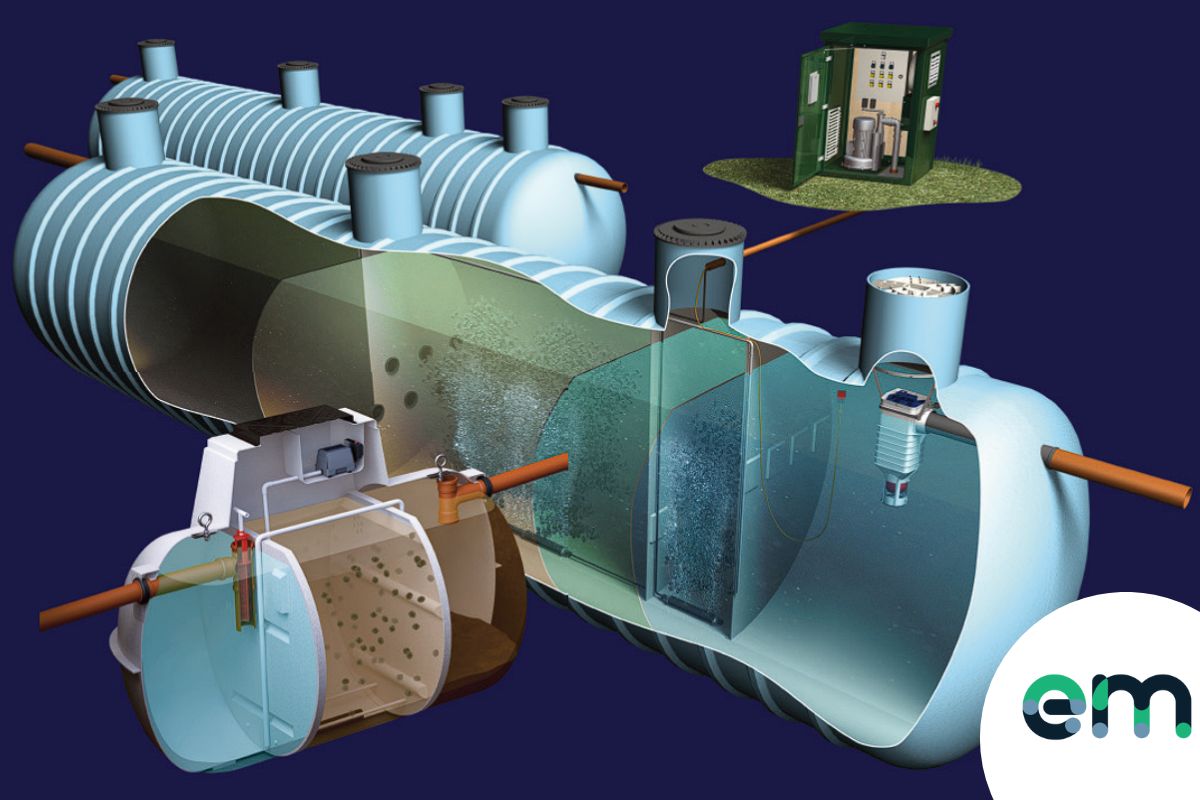
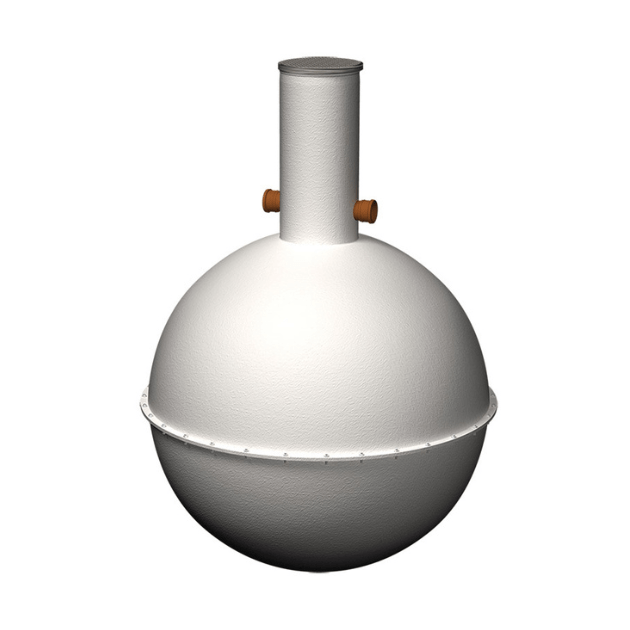
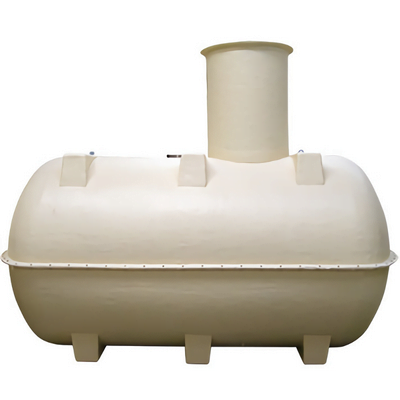
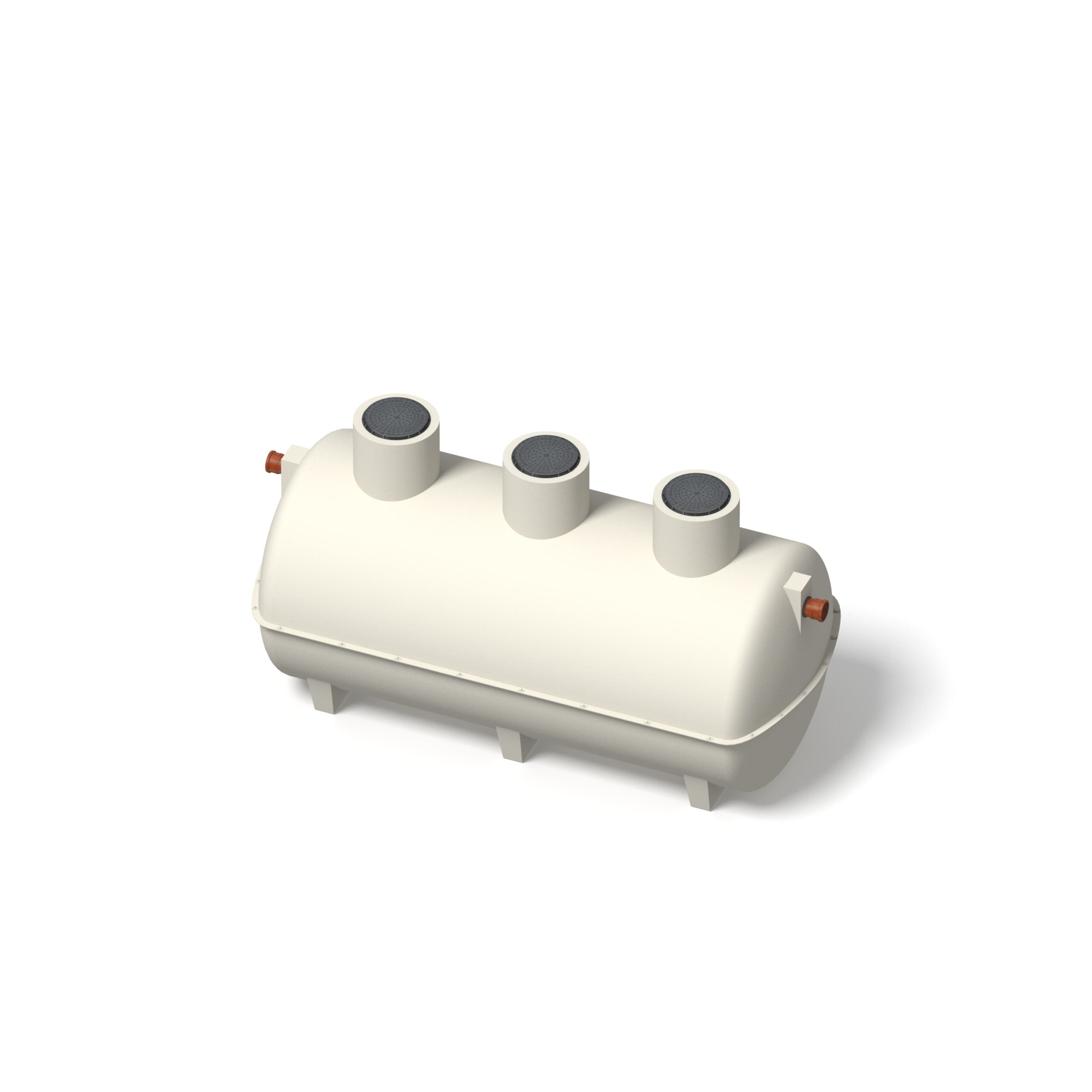
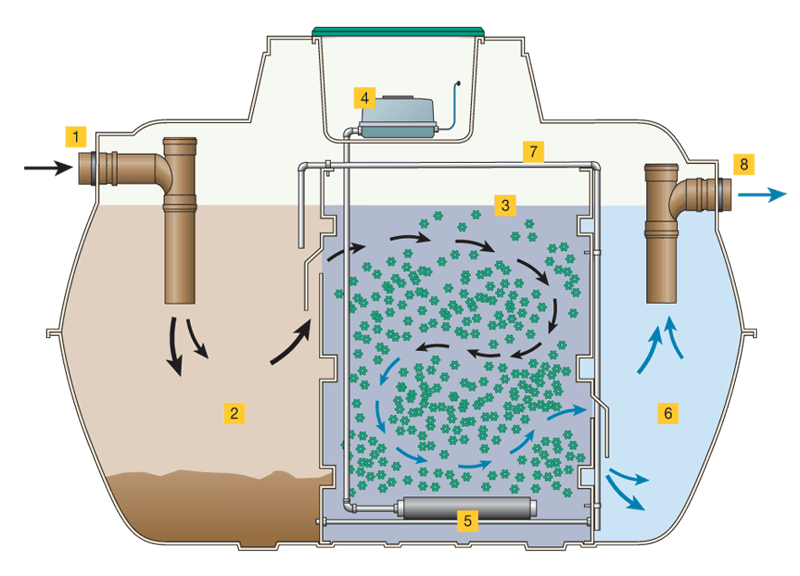
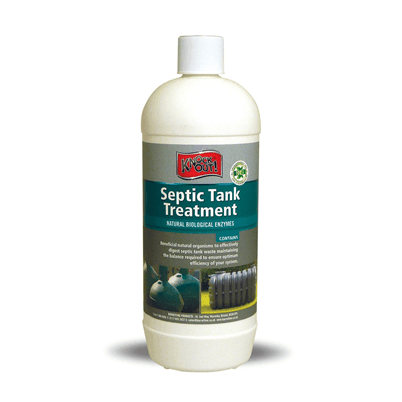
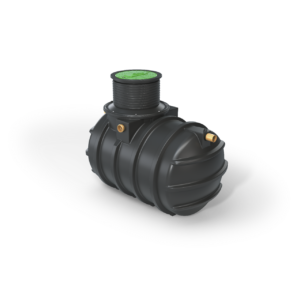
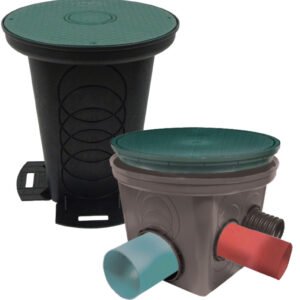
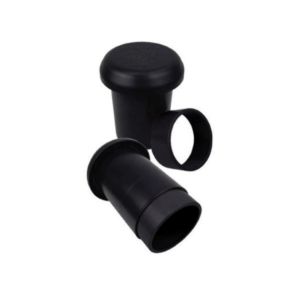
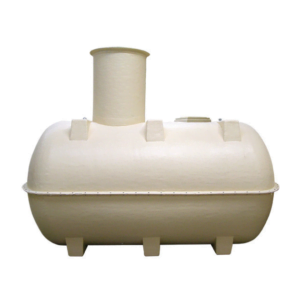
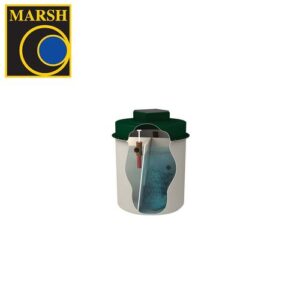
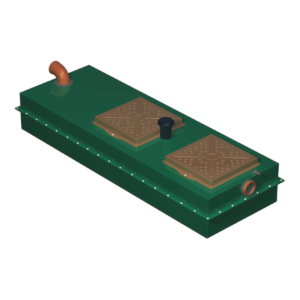
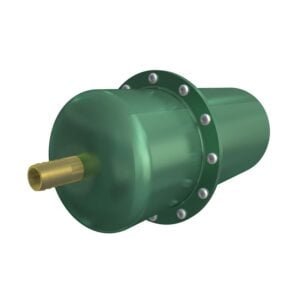
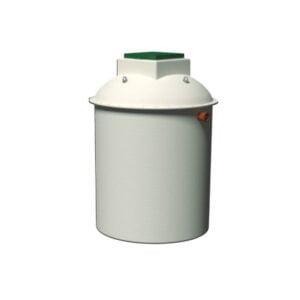
Thanks for sharing this informative article. A sewage treatment plant’s purpose is to cleanse wastewater as thoroughly as is reasonably practicable, however even though these facilities can frequently handle more waste than a septic tank, they occasionally need to be emptied.
I would like to have some advice please on the purchase and installation of a water treatment plant to service a new build bungalow with two bedrooms and a maximum of 4 people at any one time and in particular we want to know the suggested size and in particular the size of the part of the plant which is above ground. We live in North Essex.
Can you please let me know, that if all the rain water from my house goes into my new sewerage treatment plant that it will be ok ?
We have, Interceptor , then 2 filter beds, then ultraviolet light, then into a clean water storage tank that pumps out to irrigate the garden. We have tried to accommodate all that is needed but just concerned about the rain roof water and surface water, would appreciate your advice. Many thanks R Milner
Taking care of the necessary permissions to install sewage treatment plants is most important to avoid further objections. Every one speaks about STP’s and the filtration process but this article highlights some important points about permissions and necessary things. very useful